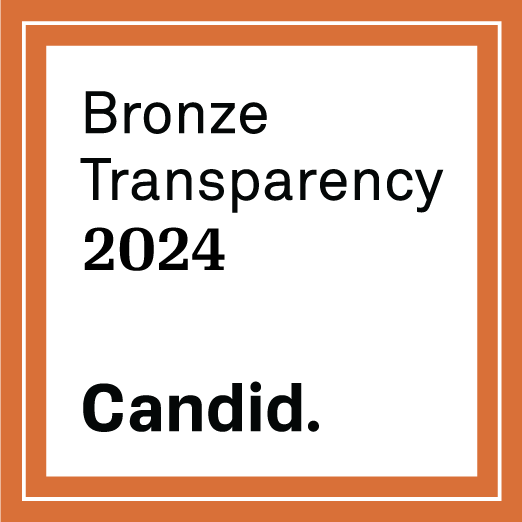Americans often believe that the stark recial disparities in homeownership and wealth that exist in this country are the result of bad choices made by people of color. They also assert that segregated neighborhoods exist because people want to live among others like them, or that segregation is a thing of the past. Neither of these ideas is correct.
The fact is that powerful forces in the public and private sectors, including the federal government, intentionally created segregated neighborhoods. These policies and practices made separation, disinvestment, and displacement the norm in Black neighborhoods and other neighborhoods housing people of color. Wealth and opportunity gaps, under-resourced schools, and impoverished neighborhoods are just a few of the most glaring consequences of segregation's lasting legacy. Segregation, a process that started and supposedly ended decades ago, still continues to this day. As of 2018, the average white resident in the nation's 100 largest metropolitan areas still lived in a 71 percent white neighborhood; the average Black resident, a 45 percent Black one. The Black homeownership rate in the U.S. stood at 44.1 percent in December 2020; the white homeownership rate stood at 74.5 percent. Segregation's exact legacy and history, however, vary by locale.
Our resources hope to reframe how we might understand segregation by moving it closer to home. Understanding the history and consequences of segregation as they manifest in our communities, and redressing these issues at home, is a crucial step in building toward broader, nationally-focused movements. Our resources consist of a series of basic questions we encourage you to ask of your community, a list of vocabulary we use, a curriculum consisting of four modules, and policy briefs.
This is the start of Redress work!
IS YOUR COMMUNITY SEGREGATED?
The answer to this question is, in all likelihood, yes. But to see whether or not this is true, or rather to what degree and how it is true (is your community segregated on more of the neighborhood level, or the city-suburb level?) look up your community using PolicyMap’s “Predominant Race/Ethnicity” map layer. For future research, maybe note some of the most segregated neighborhoods you see here (both white and Black) down.
HAS SEGREGATION AFFECTED RACIAL INEQUALITY WHERE YOU LIVE?
Two of the most common factors of racial inequality related to racial segregation are racial homeownership and wealth gaps. This tool from the Urban Institute shows how housing-based wealth is distributed by race in your community. It also includes data regarding factors that fuel those differentials, namely local homeownership rates and average appraised home values by race. Nationally, homes in majority-Black neighborhoods (where many Black residents live) have been valued at roughly $48,000 less than those in majority-white neighborhoods. How differently are Black homes valued in your community? How might you explain those differences?
HOW HAS SEGREGATION HAPPENED IN YOUR COMMUNITY?
What the government did: The federal government used redlining maps to grade neighborhoods in such a way that getting traditional mortgage loans in Black neighborhoods became practically impossible. They used their underwriting manuals to promote higher grades in areas that had racially restrictive covenants in place to maintain all-white communities.
What realtors, bankers and developers did: Realtors, developers and mortgage lenders segregated neighborhoods by race and income by implementing policies that barred Black residents from buying homes outright, by denying Black households fair and affordable financing to purchase homes, and by sometimes refusing to show potential Black occupants housing available for rent or purchase in white neighborhoods.
What residents did: Residents formed neighborhood associations and wrote racially restrictive covenants to keep Blacks out. When those were ineffective, they would sometimes resort to mob violence to scare Blacks into not moving into all-white neighborhoods, or move to other more exclusive white communities (“white flight”).
What the housing market does not do: Generally speaking, if the cost of buying or renting suitable housing exceeds 30 percent of household income it is considered unaffordable. If the cost of suitable housing in your community exceeds 30 percent of median Black household incomes (discoverable at the city, county, metropolitan, and zip-code levels through the Census data portal) and has no affordable housing programs to address this, then the result will unfortunately be inevitable: continued segregation.
Vocabulary
A comprehensive list of all Redress Movement Vocabulary.
CURRICULUM
The Redress Movement’s base of resources divided into modules, as well as the comprehensive curriculum for those wanting a deeper dive.
Policy Briefs
Our Movement's illustrations of restorative policies our readers can endorse to win Redress.
WHAT CAN I DO ABOUT SEGREGATION?
Join The Redress Movement.
Form a Redress Committee in your community, initiate local reading clubs, and start organizing for redress. Then further engage with other resources on this website (such as our vocabulary list and curriculum) to inform yourself about the full history and ongoing consequences of segregation. Each step is a significant action!

